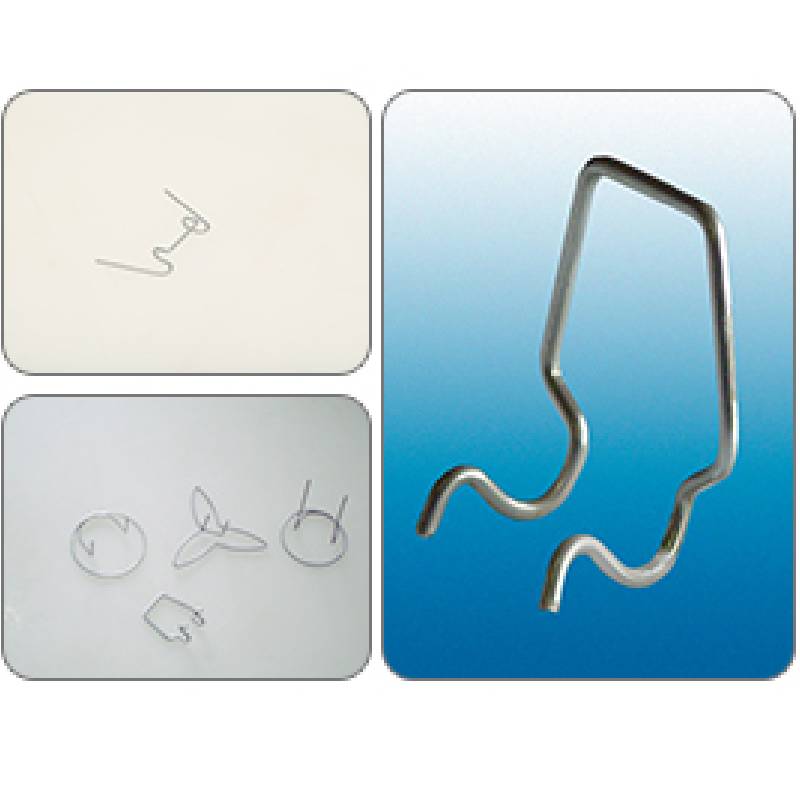
- Mobile Phone
- +8613931874955
- sales@cntcmetal.com
Choosing the Right Support Stakes for Your Plants to Promote Healthy Growth and Stability
Supporting Your Plants with Stakes A Guide to Plant Support Stakes
Gardening can be a rewarding yet challenging activity, particularly when it comes to ensuring that your plants grow healthy and strong. One common issue many gardeners face is supporting plants that tend to grow tall, leggy, or top-heavy. This is where plant support stakes come into play. These simple tools can make a significant difference in the growth and stability of your plants, helping them thrive while enhancing the overall aesthetics of your garden.
What Are Plant Support Stakes?
Plant support stakes are rigid rods typically made from materials like bamboo, metal, or plastic, designed to provide support to plants as they grow. They come in various lengths, widths, and designs to cater to different types of plants, from delicate flowers to robust vegetables. Using stakes not only helps prevent plants from bending or breaking but also encourages healthier growth by allowing better air circulation and sunlight exposure.
Choosing the Right Stakes
When selecting plant support stakes, consider the type of plants you are growing and their specific needs. For instance, tall plants such as sunflowers or delphiniums may require sturdier stakes that can withstand wind and weight. Bamboo stakes are a popular choice for these plants due to their strength and natural appearance.
On the other hand, lighter plants like tomatoes or peppers might benefit from shorter, flexible stakes or cages. Tomato cages offer a supportive structure that elevates the plants off the ground, preventing rot and diseases caused by moisture.
How to Use Plant Support Stakes
plant support stakes

Using plant support stakes is relatively straightforward. Begin by determining the appropriate height for the stakes based on the expected growth of the plant. Insert the stake into the ground close to the base of the plant, ensuring it’s deep enough to withstand strong winds or heavy fruits. The ideal depth is typically one-third of the stake's total length.
Once the stake is in place, use soft ties or string to gently secure the plant to the stake. It’s crucial to avoid tying the plant too tightly, as this can restrict growth and damage the stem. Instead, allow some flexibility to accommodate the natural growth of the plant.
Benefits of Using Plant Support Stakes
The advantages of utilizing plant support stakes are manifold. Firstly, they provide stability, preventing plants from sagging, which can lead to breakage or a decline in health. Secondly, supporting plants off the ground reduces the risk of pest infestations and fungal diseases, as increased airflow and sunlight exposure contribute to a healthier environment.
Additionally, well-supported plants can produce higher yields. For example, in the case of vegetable plants like tomatoes, lifting fruits off the ground can prevent rot and blight, resulting in larger, healthier harvests.
Conclusion
Incorporating plant support stakes into your gardening routine can vastly improve the health and appearance of your plants. Whether you are a seasoned gardener or a novice, understanding how to choose and use these supports effectively can lead to vibrant blooms and bountiful harvests. By giving your plants the support they need, you are not only enhancing their growth potential but also enriching the beauty of your garden space. Remember, a well-supported plant is a happy plant, and with the right stakes, you can ensure their flourishing success throughout the growing season.
share:
-
Your Source for Concrete Wall Ties and Masonry AccessoriesNewsJul.10,2025
-
Unlocking the Power of Iron Wire for Every ProjectNewsJul.10,2025
-
Explore Advanced Chain Wire and Stainless Steel Mesh FencingNewsJul.10,2025
-
Discover the Benefits of Annealed Wire ProductsNewsJul.10,2025
-
Discover China Stainless Steel Wire Mesh SolutionsNewsJul.10,2025
-
Build with Confidence Using High-Performance Masonry AccessoriesNewsJul.10,2025
-
Why Sacrificial Formwork Is Redefining Underground ConstructionNewsJun.06,2025



















